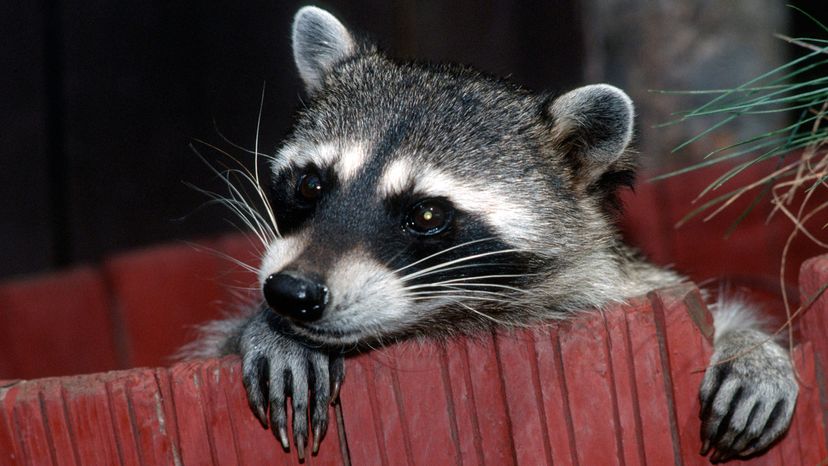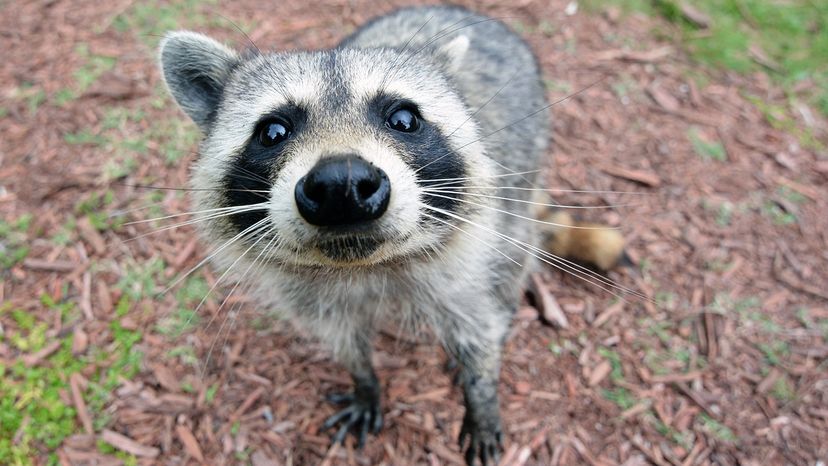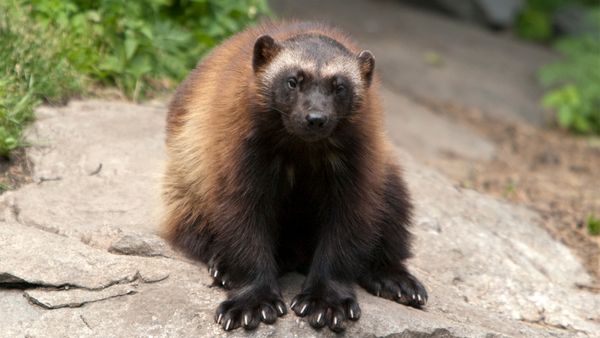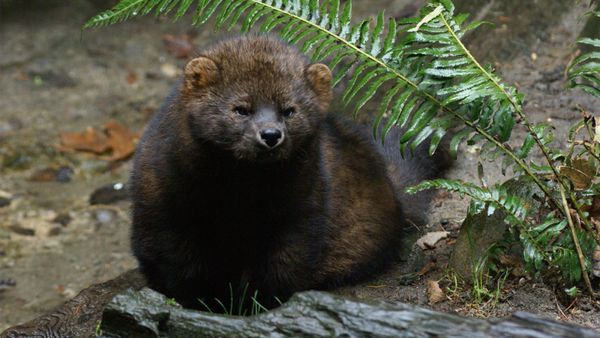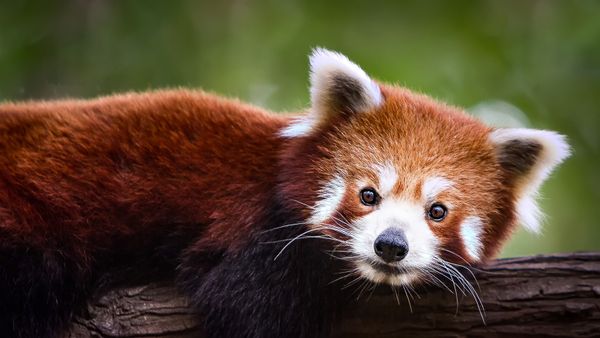
The extent of most people's involvement with a raccoon dog is probably having to slam on their car brakes to avoid running over one. And while we all can instantly recognize these bushy jaywalkers by their masked faces and striped tails, there's way more to these guys than what those "caught-in-your-car-headlights" eyes reveal.
The reason you may have seen more than a few raccoons scurrying across the road is because raccoons are everywhere. The Northern — or common — raccoon (Procyon lotor) is native to North America but can also be found in Central America, Europe and Japan. These furry little critters thrive in cities due to their combination of resourcefulness and adaptability. In fact, the raccoon population is now higher in urban and suburban areas than in rural areas. But there are still plenty of raccoons that live happily in the tropics, farmland, forests, marshes and prairies.
Advertisement
